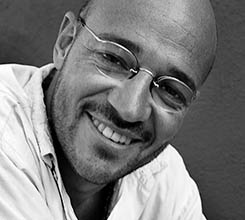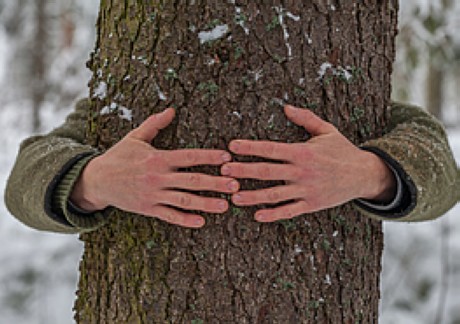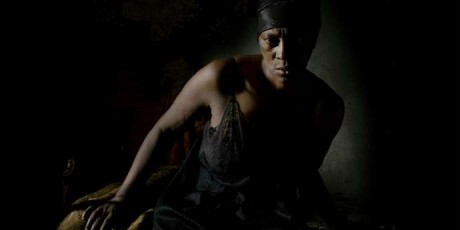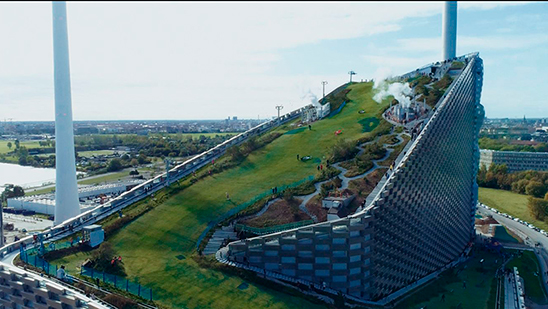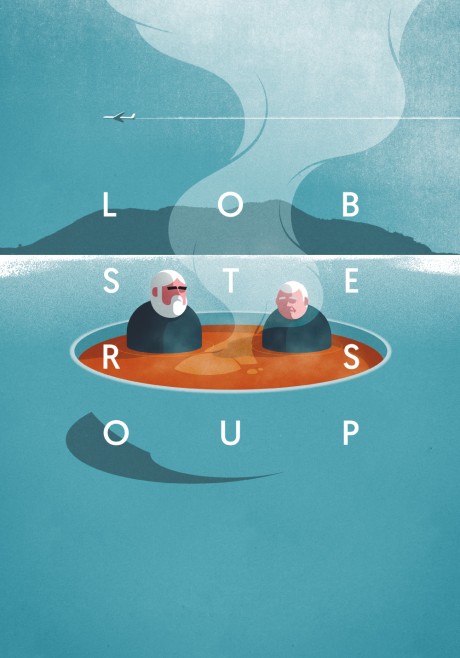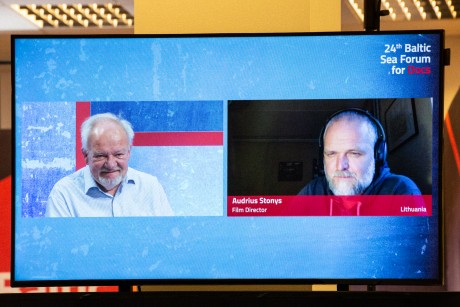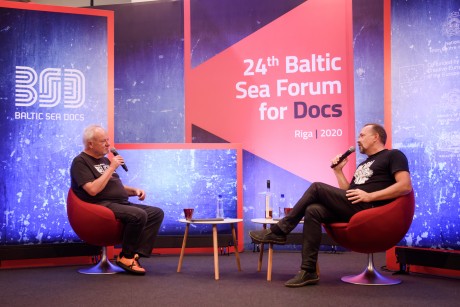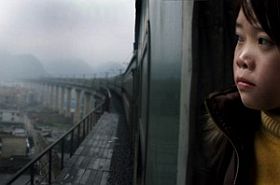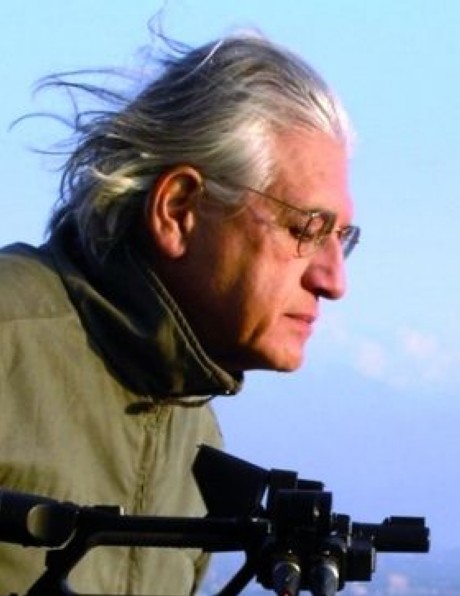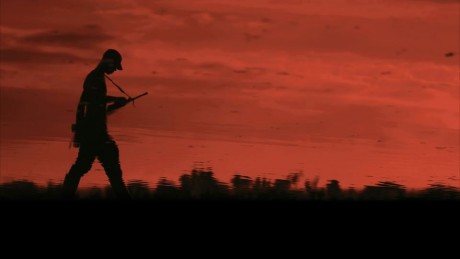PATRICIO GUZMÁN
by Tue Steen Müller
2010. Patricio Guzmán in Damascus. The great director behind the film historical classic The Battle of Chile from the beginning of the 1970’es met the audience of young wannabee filmmakers and older people, who remember the dramatic period where the government of Salvador Allende and ”la pouvoir populaire”, as the French speaking director put it, tried to unite the Left and introduce democracy in Chile. We all know how that went.
In 1973 Guzmán films The Battle of Chile, the 5-hour documentary on the end of Allende’s government. After the military coup, Guzmán is threatened to be executed and spends two weeks arrested inside the national stadium, unable to communicate his whereabouts to anyone. He leaves the country in November 1973. He lives in Cuba, Spain and then France, where he makes In the Name of God (Grand Prize, Festival of Popoli, 1987), The Southern Cross (Grand Prize, Festival Vue Sur les Docs, Marseille, 1992), Chile, Obstinate Memory (Grand Prize Festival of Tel Aviv, 1999), The Pinochet Case (International Critic’s Week, Cannes, 2002), and Salvador Allende(Official Selection, Cannes, 2004). In 2005, he makes My Jules Verne…
THE BATTLE OF CHILE
About The Battle of Chile Guzman in his Damascus address to the young filmmakers said that it is a film on words. It is a film on the quality of the politics of the people from the base – the working class. The five hour long film had an editing time of three years. Cuban film people came to watch at the editing room and said that they had never seen such a high political culture. The films deals with the period from 1970 and to the military coup and is about ”le pouvoir populaire”. Guzman referred to the East german political filmmakers, who were filming in Chile at the time, Heynowski & Scheumann, and told that their cameraman filmed the bombing of the presidential palace, whereas Pedro Chaskel, the editor of Guzman, filmed the flight over the palace. The two teams exchanged footage… (for buying dvd’s of the films, consult the site of Guzman).
The attack on La Moneda was watched by Salvador Allende surrounded by his guards and is a iconic scene in Guzman’s film. “How could a team of five – some with no previous film experience – working with one Éclair camera, one Nagra sound recorder, two vehicles and a package of black-and-white film stock sent to them by the French documentarian Chris Marker produce a work of this magnitude?” (Pauline Kael in The New Yorker).
NOSTALGIA FOR THE LIGHT
In an article to be read on the website of the BFI, 2012, critic Geoff Andrew writes: “A couple of years ago, at the Cannes Film Festival, I fell in love. The object of my affections was a film – Nostalgia for the Light (Nostalgia de la luz), by Patricio Guzmán, the exiled Chilean documentarist famous for the three-part 1970s epic The Battle of Chile (La batalla de Chile) – and my desire was to programme it in an extended run at BFI Southbank. It took a while, but my dream came true, thanks to the UK distributor New Wave Films; not only that, but we’re accompanying the run with a retrospective of Guzmán’s earlier work and welcoming the director on-stage for an interview with the season’s curator, Michael Chanan. What, you may ask, were the characteristics that gave rise to this love at first sight? My first response, admittedly somewhat predictably, would be beauty; visually, Nostalgia for the Light is quite wonderful to behold. But rest assured that its beauty is more than skin-deep; it is notable for its quiet, deeply compassionate humanity. Still, many films are beautiful, and I don’t fall in love with each and every one of them. The real reason for my ardour, I suspect, was the fact that the film stood out from the crowd, from its mysterious opening scene to its profoundly moving ending; in short, it immediately struck me as unique. That’s extremely rare in an artform as genre-oriented as the cinema. And what more could one possibly ask of a love-object?…
Guzmán is often considered as a political filmmaker but in connection with the release of Nostalgia for the Light he writes: “I’m not a sociologist. Neither am I a politician. I make films that are metaphorical and poetic; I interpret reality through my own personal way of looking”…”
The opening of film festivals is something that veterans like me normally avoid because of boring official speeches and/or a moderator trying to be funny and/or blonds or brunettes in high heels being there for their looks, knowing nothing about what the film festival is there for.
In Leipzig 2012 it was different because of the ambition of the festival director to make a long and reflective and personal statement. The year before Claas Danielsen attacked television for their poor programming and funding of the creative/artistic documentary and this year he had chosen a more soft approach asking the audience “to see and hear with the heart” – and act. The emotional speech was given with passion, commitment and point of view. He referred to strong films in the programme and the debate they raise – Danish Armadillo and Into Eternity were the ones mentioned. Names coming up were Sarkozy and Gert Wilders… in connection with the profiling of the festival programme that has a lot of political films as well as films touching upon the xenophobia of today´s Europe.
An opening night that continued in an atmosphere of seriousness and dignity by the showing of Patricio Guzmán’s masterpiece Nostalgia for the Light. Like Joris Ivens did in China with his last film, L´Histoire du Vent, where he placed himself in the open land desert. Guzman goes to Atacama desert in his native country to visit the astronomical observatories, to examine the light with the aim to make an essay on the past and on memories. An intelligent reflection, total beauty in camerawork and touching when he meets women, who look for the remains of the dear ones, killed an buried during and by the Pinochet regime. A woman tells how she found the foot of her brother, the foot with the sock, and his teeth forming a smile that she remembered.
Under arkitekturfestivalen i Kødenhavn CAFx 2020 vises i Cinemateket tre af Patricio Guzmáns film som en trilogi:
Lysets Nostalgi (2010) / 12. oktober kl 14:15
Trailer: https://www.youtube.com/watch?v=j6VDlxFYmKg
Perlemorsknappen (2015) / 11. oktober kl 14:00
Trailer: https://www.youtube.com/watch?v=pPnbCuGKohU
The Cordillera of Dreams (2019) / Dansk premiere / 12. oktober kl 16:45
Trailer: https://www.youtube.com/watch?v=DpMbsXuQs7Q
CAFx 2020
Læs mere om festivalen på
www.cafx.dk – Copenhagen Architecture Festival 2020 rummer 100 arkitektur-arrangementer i København, Aarhus og Odense fordelt på film- og debatvisninger, udstillinger, guidede ture, workshops, konferencer, talks.



